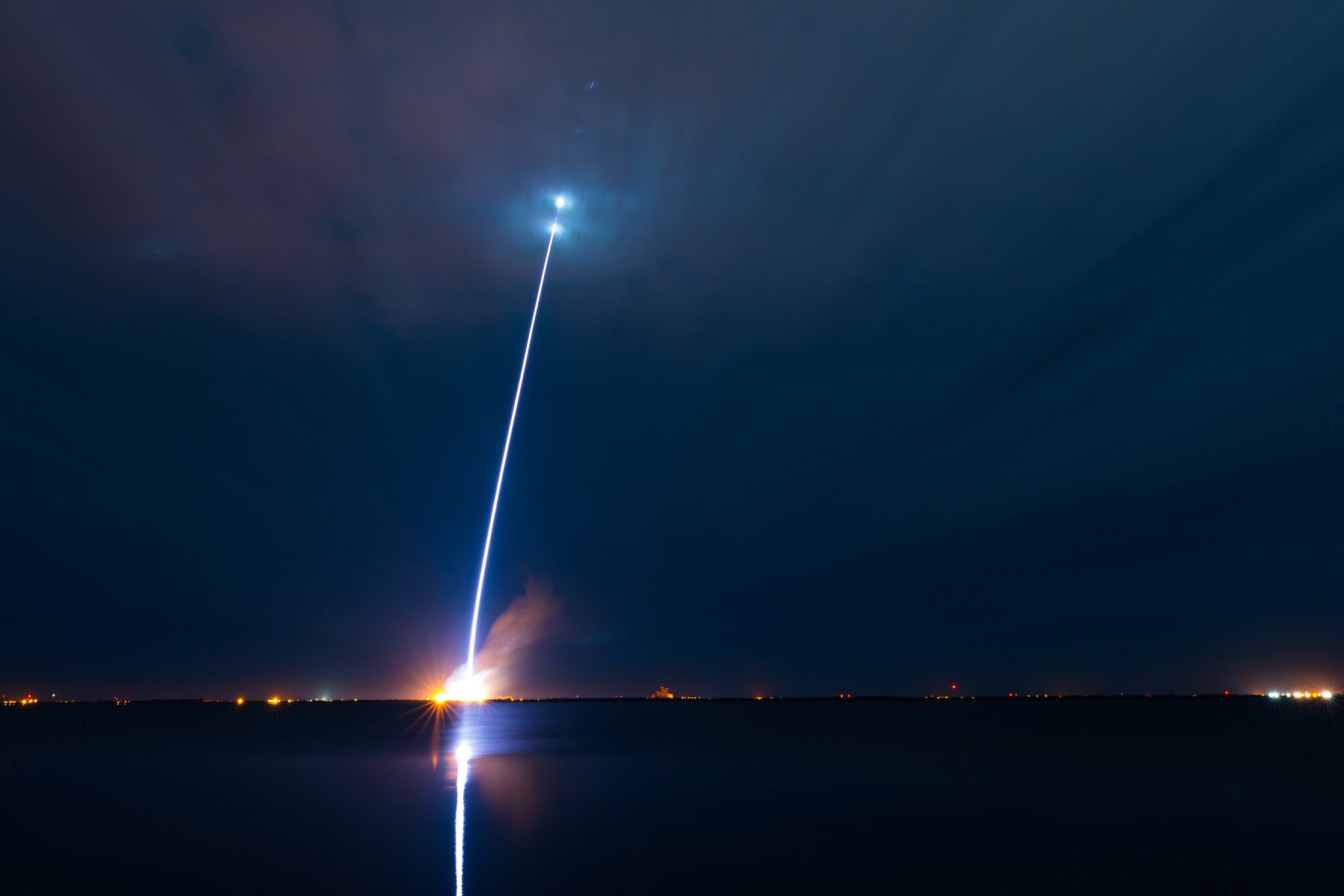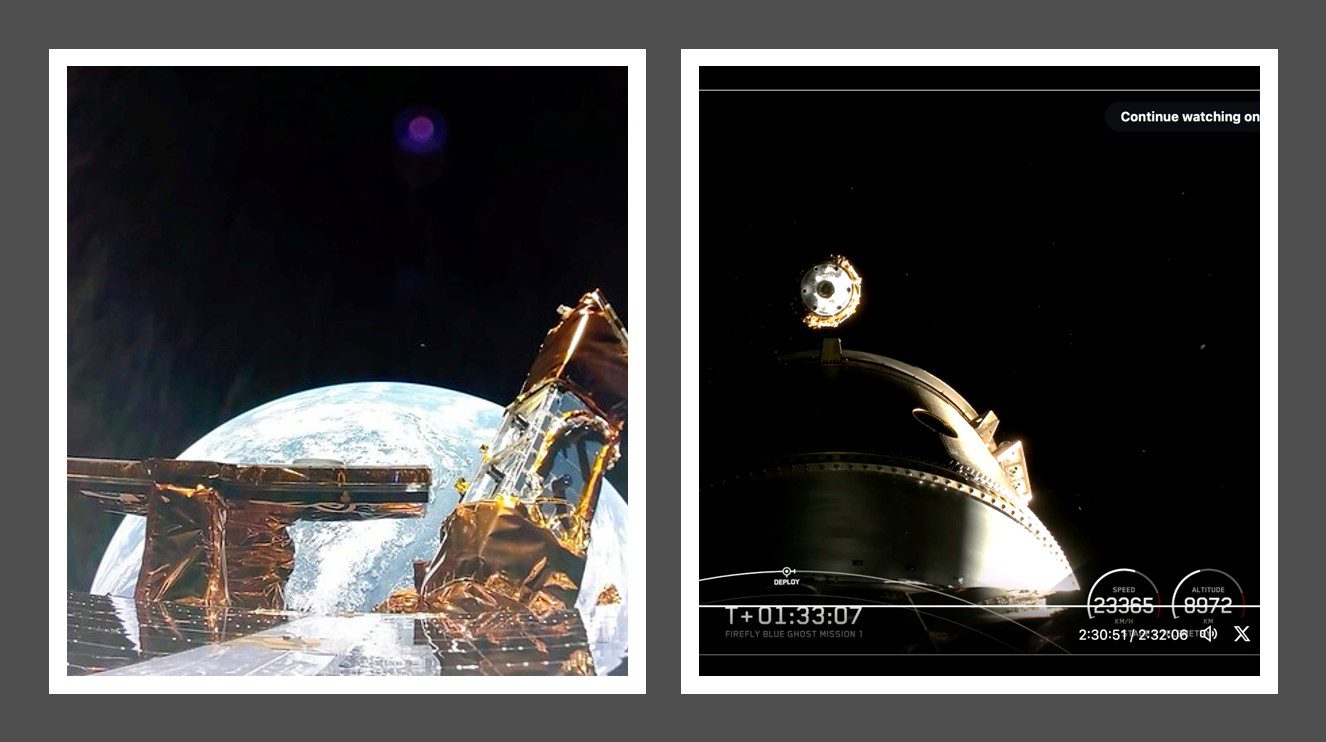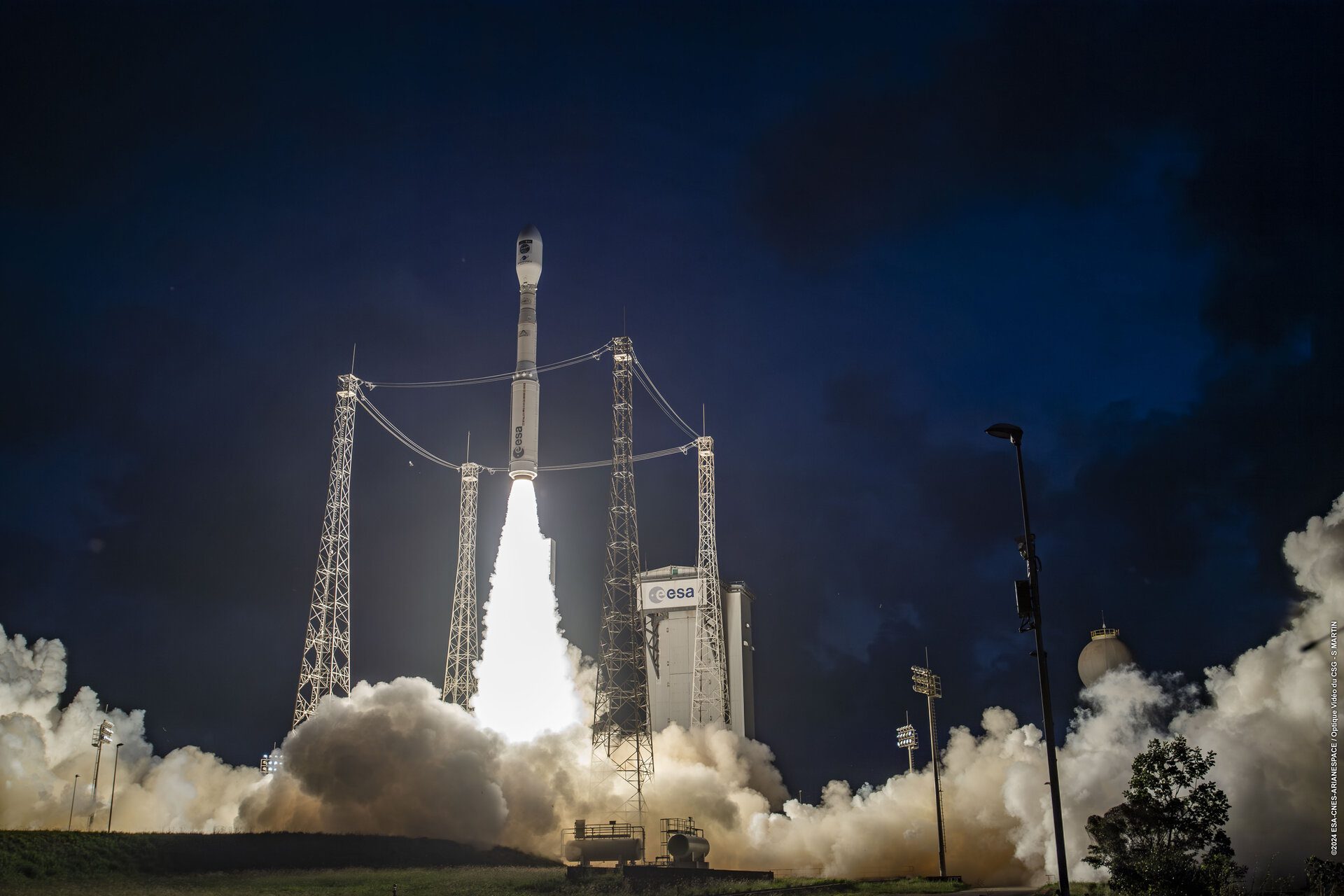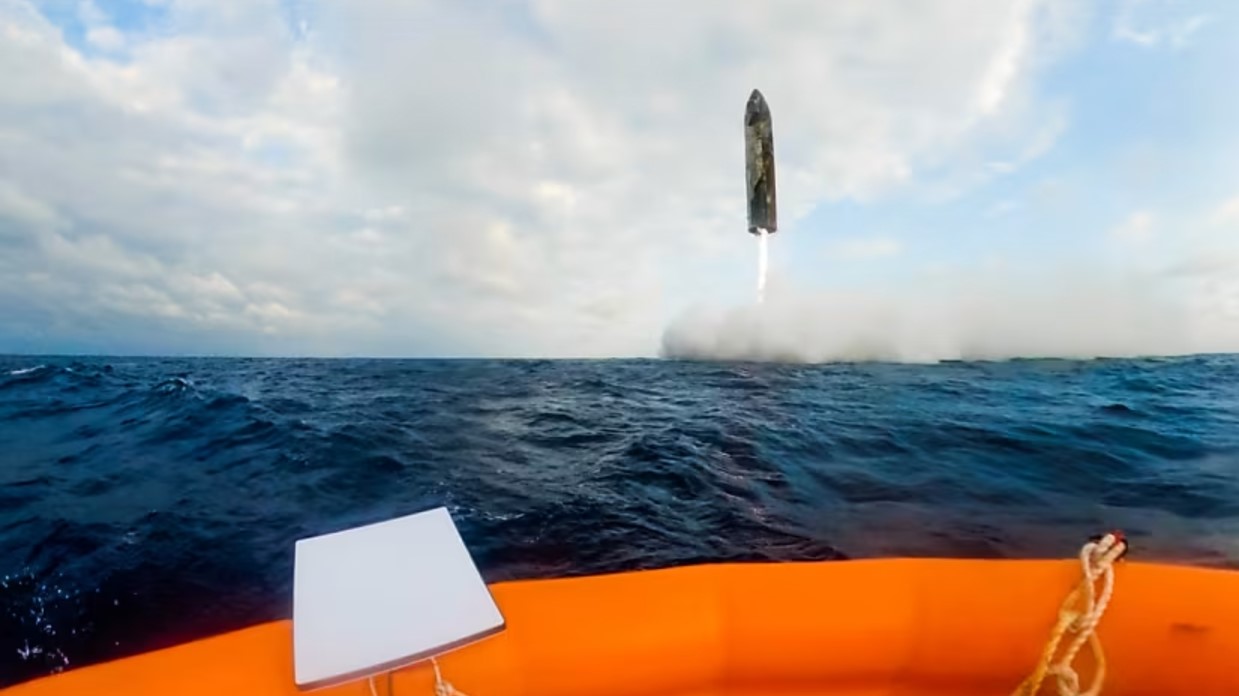Too much to see, and too little time to see it is the usual complaint about IAC, especially with respect to the various parallel strands of technical sessions.
Trying to get the timing right to switch between sessions for individual lectures was virtually impossible and “no shows” complicated the timing calculations. The internal arguments over the Ariane 5 and Ariane 6 decision within ESA led to several of these papers being cancelled. Likewise, those Chinese and Russian presenters who could not get visas had their lectures cancelled.
Even with these cancellations there was still too much to see. The subject areas ranged from human exploration of the solar system to the latest developments in electric propulsion; from space debris mitigation methods, to new small launch vehicles; from hypersonic engine designs to new bellows fuel tank systems.
The quality of the presentations was variable but a small sample of the more interesting ones is reviewed here:
SOAR space plane to be launch stage
While Dream Chaser and its new junior brother gained all the headlines, work by the Swiss Space Systems (S3) organisation continues, as was itemised in IAC-14 D2.7.2. While Payerne Airport in Switzerland is the base of the project, S3’s plan is to fly operationally from Gran Canary in the Canaries, Spaceport Colorado, in Colorado, USA, and Kennedy Space Center, in Florida, USA. Supported by ESA, Dassault Aviation and the Von Karman Institute, the concept involves air-launching a small hypersonic SOAR space plane which is powered to Mach 8 using a LOx/Kerosene rocket engine.
At circa 80km altitude a small expendable upper stage will be released from SOAR’s payload bay, which will allow the launch of small satellite payloads up to 50kg into 700km low Earth orbits. The presenter, Laurent Gathier, of Dassault Aviation, reminded the audience that the S3 firm had already received a launch contract. In September last year S3 and Spacepharma SA enterprise, a firm specialising in medical experiments in microgravity, signed a contract for the launch of four small satellites in 2018, followed by a monthly launch over two years, making a total of 28 planned launches.
On Redirecting Asteroids: two main options
While NASA’s planned Asteroid Redirect Mission (ARM) has come under fire from the scientific and space communities as not being scientific or adventurous enough given its cost, Christopher Moore, NASA’s Deputy Director, Advanced Exploration Systems Division, at least gave some fascinating detail as to the two options being considered (IAC-14 A5.4.1).
Option A involves using an inflatable boom actuated large bag to capture a small asteroid. The bag carrying spacecraft would approach along the spin axis of the asteroid and then match its spin rate before pulling the bag around it.
Option B has a spacecraft attempting to return a large asteroid boulder instead. This would be grappled off the surface of an asteroid using robotic manipulators employing articulated trusses and micro-spine grippers.
After capture has been achieved, the asteroid or boulder would be returned to the Earth–Moon system in a flight lasting several years for further investigation by astronauts. Moore explained that the mission would use nanosats to externally monitor any capture procedure.
Apart from noting that ARM’s solar electric propulsion would be directly applicable to Mars exploration missions, Moore also emphasised that important asteroid deflection technologies would be demonstrated, including ion bean deflection using a Hall Effect thruster’s plume, kinetic impact and gravity tractor techniques.
The initial launch of the ARM would take place in 2019 with the manned visit to the recovered asteroid or boulder occurring in, say, 2025. Before the main mission, a low- cost precursor, NEA Scout, would be flown.
According to Moore, any manned element would probably need new all-in-one space/pressure suits to be designed with new portable life support and radiation protection.
Earth–Moon L2 space stations, new use for SLS, and placing a Skylon runway at Kourou
Other papers proposed small space stations at the Earth-Moon L2 positions to act as bases and technology demonstrators for such missions. Meanwhile, both Airbus and Orbital Sciences Corp suggest using modified versions of their respective ATV and Cygnus craft as extra manned modules to aid long-range Orion operations including for asteroid research flights.
Several papers indicated that NASA is actively considering using an early SLS launch to carry the Europa Clipper mission, cutting over four years and several flybys off its mission plan.
Space engineering consultant, Mark Hempsell, (IAC-14 D2.4.5) said that Reaction Engines, one of his clients, was actively thinking about operation of its Skylon D1 single-stage-to-orbit space plane. Apart from mentioning Skylon upper-stage (SUS) operations, he noted that for infrastructure and Earth spin boost reasons, Skylon should be launched from the Kourou launch site in French Guiana.
Hempsell showed where Skylon’s ultra-long 5.9km runway would be positioned following land surveys that had shown the ground to be solid enough. He cheekily suggested that it would be even better to remove the proposed Ariane 6 launch pad as it was in the way a bit!
MIT rubbishes Mars One food plan
An analysis performed by post-graduate students at the Massachusetts Institute of Technology (MIT) (IAC-14 5.2.7) on the Mars One plan to send televised colonists to Mars came to the conclusion that not only would they run out of harvested food, given the stated 50m2 area used for these crops (MIT suggests that 200m2 would be needed), but that the crops would probably indirectly kill the colonists anyway. That is, the right amount of crops would produce too much oxygen, which would, in turn, bizarrely cause the crew eventually to suffocate from hypoxia after 68 days.
The increasing production of oxygen would raise the level to fire hazardous levels. Attempts to reduce the air pressure and oxygen levels by venting would lower this risk but would lose nitrogen. The net result would be a downward spiral where oxygen would dominate the atmosphere and yet would eventually be at too low a pressure for the crew to breath.
One way around this, according to MIT, would be to devise an oxygen scrubber device. MIT also suggests that the food should be taken with the colonists (four arriving initially) and that spare parts might be an issue, especially as further colonists arrive though 3D printing technology may solve this.
Torpor and hibernation is a good thing for long range spaceflight if not for space lectures
While science fiction has often referenced methods of cryogenic freezing or suspended animation for crew “storage” during long-term space missions, recent work has shown that, at least for the latter, a practical reality exists.
Mark Schaffer, of SpaceWorks Enterprises (IAC-14 A5.2.8), talked about the recent use of rapid cooling to aid the recovery of hospital trauma patients. It had been shown that nasally injected coolant could lower the body’s core temperature by three degrees over six hours. This allowed a state of reduced metabolism “torpor” or “hibernation” to be achieved.
In research done for the NASA Institute of Advanced Concepts, it was demonstrated that “hibernated” crew in this way could be fed intravenously, cutting the volumetric space, water and foodstuffs needed to keep a crew alive for a long-distance missions.
Schaffer was at pains to note that no full human torpor experiments had yet taken place on non-trauma patients and none for longer than about a week. According to Schaffer no tubing is needed to keep the airway free of mucus build-up.






